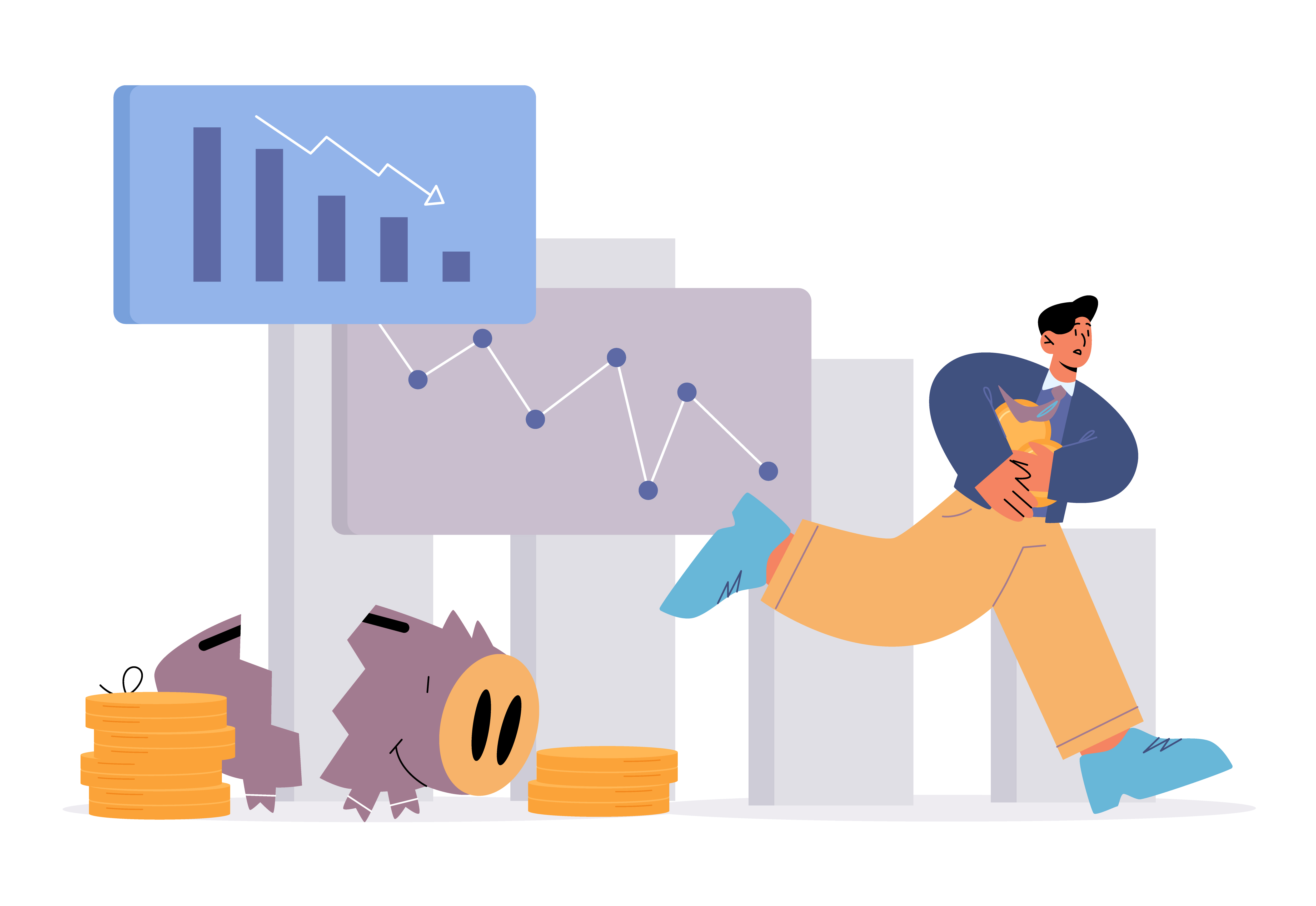-
Traffic
Get More Traffic
SponsoredLinX offers a number of different services to help drive more qualified traffic to your website. Google Ads Management Search Engine Optimisation Microsoft Ads Facebook Advertising Google Ads Mobile“SponsoredLinX are a rarity in today’s market place, they promise a lot but deliver more. Our business has grown by over 400% in one month; we are amazed at the difference they have made.”
-
Conversion
Convert More Leads
Our second step is making sure that your website is able to convert the traffic you receive into leads for your business. Optimising your website to convert more leads is important to a profitable campaign. Web Development Convertopages Do It For Me eCommerce“I just want to say thank you! The changes that you have applied in our AdWords campaign have definitely seen an improvement on click quality and sales for HippityHop.”
-
Retention
Retain Your Customers
As you build up a customer base you need to make sure to keep engaged and retain your relationship. LinX App“SponsoredLinX fully redesigned our main company website with a fresh, clean and professional look. The ‘Google friendly’ web design were part of the fantastic ongoing service we received.”

5 Ways the 2022 Federal Budget Will Help Small Businesses
The end of the first quarter of 2022 saw the Australian government discuss means and options that the 2022 federal budget could help small businesses. Several promising programs and tax reforms were considered and discussed, many of which would definitely help small businesses both recover from the effects of the COVID pandemic, as well as upskill themselves towards a more digital future.
Of these programs and reforms, we’ve chosen to highlight 5 ways that the federal budget will help your business keep up and rise above any more challenges that 2022 might bring.
1. Investment in digital skills
One way small businesses will be affected by the 2022 Federal Budget is by providing and investing in training for applicants looking to jump into the digital economy and industry. The federal government has committed $10.7 million to a digital skill cadetship trial.
Those wanting to seek opportunities and improve their credentials in digital skills would benefit from the program as the world continues to shift to digital. Digital business management skills would certainly be of great help to businesses wanting to make that shift.
2. PAYG changes
Changes in the pay-as-you-go (PAYG) tax model are underway as a way to help small business owners and sole traders and free up cash flow that will allow them to invest in other areas of their business. One change is that businesses will pay a 2% uplift rate, instead of a 10% uplift rate, allowing them to keep more of their cash.
“Our small business and sole trader package will deliver more than $800 million in compliance savings every year, allowing SMEs to do what they do best — invest, innovate and drive job growth,” Treasurer Josh Frydenberg said in a statement.
For businesses looking to increase their cash flow and recover from the pandemic, the changes to the PAYG model might prove helpful.
3. Boosting apprenticeships
In order to address skilled labour shortages, the government said that it would funnel $365 million into its Boosting Apprenticeship Commencements scheme. The program, which was extended from March 31 up to the end of the financial year instead, subsidises half of an apprentice’s wages during their first year of employment, up to a limit of $7000 every quarter.
This move is intended to create another 35,000 apprenticeship locations through Australia’s vocational education and training (VET) sector. The tech sector, however, is also calling for a modernisation of these apprentices to help create more local talent and attract a much broader group of people into the tech sector.
4. Fuel excise cuts + Cost of living package
The rising costs of fuel are felt nationwide. The government is looking at reducing the fuel excise by 50% for six months. This means that the excise on fuel will be reduced from 44.2 cents per litre to 22.1 cents per litre.
Additionally, as the cost of living also rises, calls have been made for the government to extend the low and middle-income tax offset (LMITO) for another year. Frydenberg promised that the federal budget will include “further measures to support families to meet the cost-of-living pressured, in a targeted and proportionate way.”
These targeted measures include a one-off $420 cost of living tax offset that can be availed starting July 1 of this year. This one-off tax offset comes combined with the low and middle-income tax offset, where eligible low- and middle-income earners will receive up to $1,500 for a single income household or up to $3,000 for a dual-income household.
Overall, these tax offsets should help relieve households and individuals of the rising cost-of-living pressures.
5. Changes to employee share schemes
Changes to regulations on employee share schemes are also being made as a way to make it easier to attract both local and overseas talent in the tech industry. These measures have been in debate since last year’s budget discussion, and include increasing the value cap and monetary caps on shares to $5,000 and $30,000 respectively.
Changes will most likely come into effect from July, after the Budget Measures Bill is passed into law before the impending federal election.

